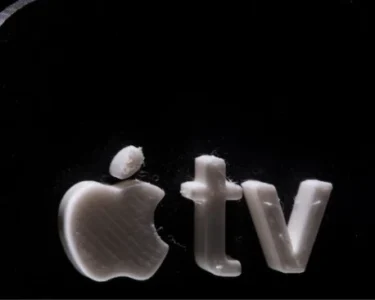The anticipated launch of the Apple Watch Series 10 this year may introduce a new display technology, as per reports. A recent supply chain report suggests that this innovation aims to reduce power consumption and enhance efficiency, potentially leading to a notable improvement in the device’s battery life. The Elec’s report indicates that the Apple Watch Series 10 could feature an upgraded OLED display incorporating low-temperature polycrystalline oxide (LTPO) thin-film transistor (TFT) technology.
In the current Apple Watch models, the OLED screens utilize LTPO TFT technology for only two switching transistors, with the remaining transistors employing the less efficient low-temperature polycrystalline silicon (LTPS) technology.
Enhancing Power Efficiency with LTPO Technology:
- LTPO (low-temperature polycrystalline oxide) TFT technology, intended for the Apple Watch Series 10 OLED display, involves applying oxide to select driving and switching TFTs among the total 7 to 8 TFTs.
- Unlike the previous application in Apple Watch displays, where oxide was used only for two switching TFTs while LTPS (low-temperature polycrystalline silicon) was used for the remainder, the new LTPO TFT method entails a broader utilization of oxide.
- By employing oxide for a driving TFT, which directly connects to the OLED pixel, LTPO technology aims to mitigate leakage current, thus enhancing power efficiency.
- With this planned application, LTPS would be relegated to a reduced role, primarily for remaining switching TFTs and circuits outside the pixel area.
- Overall, the adoption of LTPO technology in the Apple Watch Series 10 OLED display is anticipated to significantly improve power efficiency, potentially leading to reduced battery consumption.







